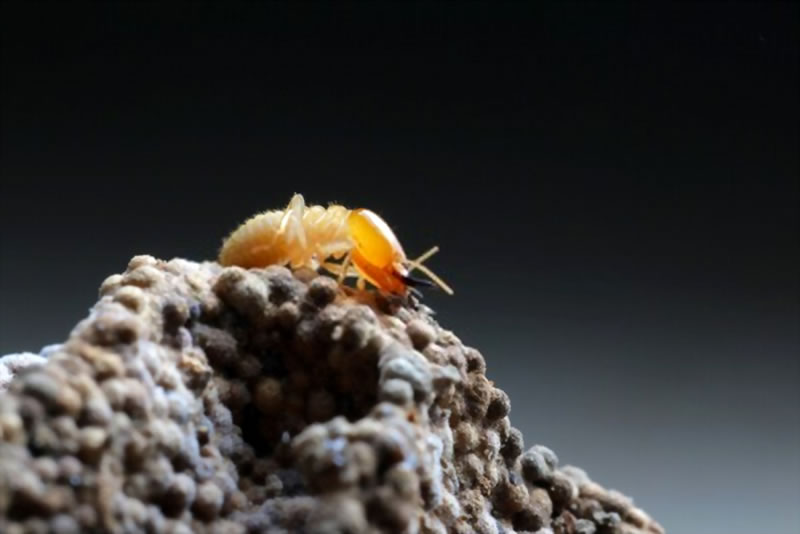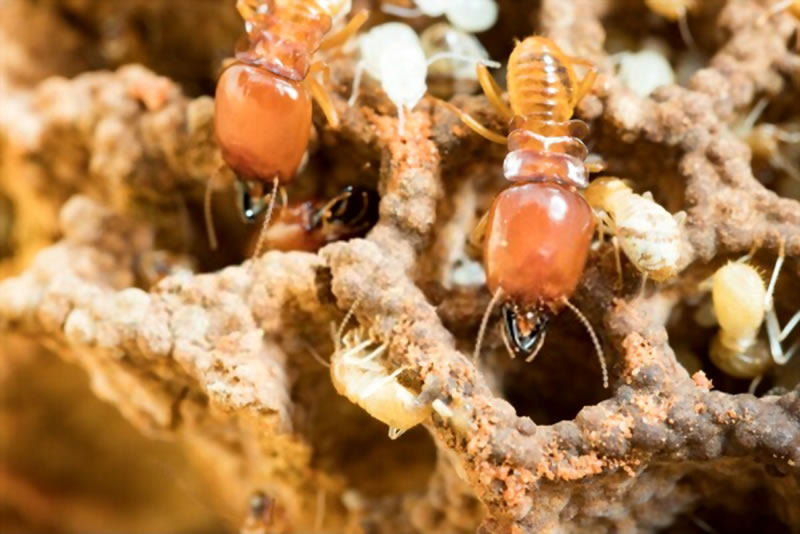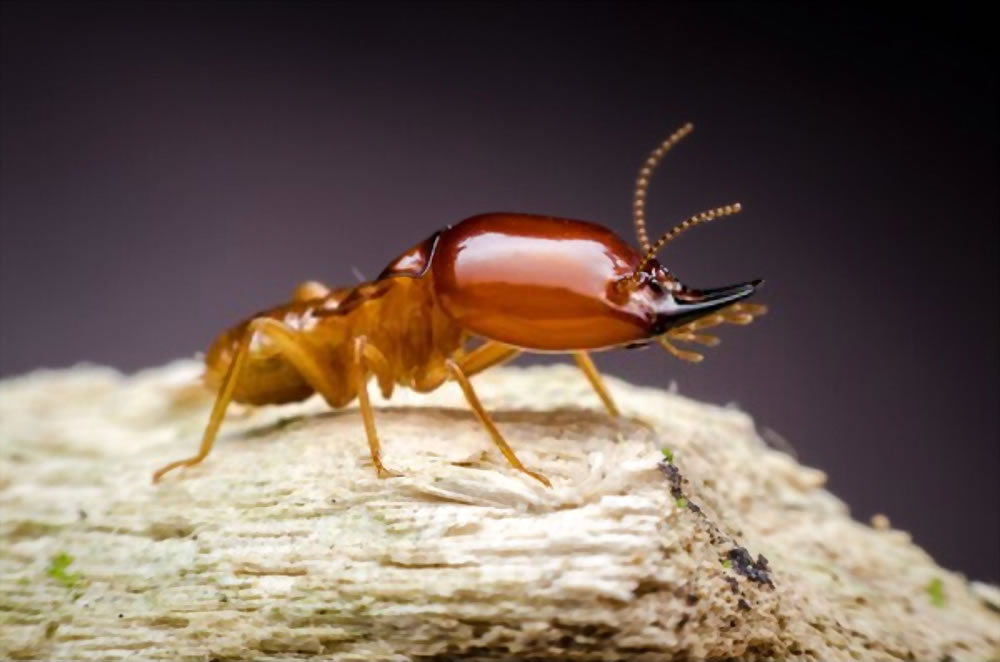The Best Defence from Termites
1994 was a year of many changes in the world. One of the more significant changes was the way in which we handle termite control. Termite barriers, in those days, had a similar mechanism to the modern version. It would involve a trench around the house which contains a pesticide.
Some termite barriers are repellant, meaning they are non-toxic and simply repel the termites. The idea is to prevent the termites from approaching the building. However, they are less effective than termiticide barriers.
The introduction of safer chemicals
Prior to 1994, termiticide barriers used chlorinated hydrocarbon pesticides as their active components. This compound is since banned after it became known that is highly toxic to all mammals (which means it’s not pet or family friendy). One of the famous examples of chlorinated hydrocarbon pesticides includes DDT.
DDT was always the active ingredient in mosquito repellent. It is now known to be carcinogenic (meaning it causes cancer). It is also considered dangerous because of its high level of toxicity. Now, we use Fipronil. This compound is also highly toxic, but it has less of a knock-on effect. It is not so easily transported in the water as a chlorinated hydrocarbon pesticide. This means there’s less impact on surrounding ecosystems.
How the different types of termite barriers work
There are a number of different termite barriers available. They all have the same goal but use different methods to achieve it. The goal is to prevent termites from entering your home where they cause destruction. Some barriers are best for sloped properties, some are better suited to wet regions. Some termite barriers work best for high-risk areas. Others are completely ecofriendly and less rigorous. A qualified termite exterminator will asses your property in order to establish the best way forward. Each situation is unique and calls for a custom approach. This is how some of the most effective and popular termite barriers work;
Chemical soil termiticide barrier
By far one of the treatments that give the best results is the chemical termite barrier. It creates an unbroken barrier around the house. It makes use of a trench against the building. The trench contains a termiticide that will deter termites from approaching.
Depending on the chemical used, some termiticides have an instant reaction. They kill the termites immediately. Others are slow-acting. This enables the termite to transfer the chemical back to the nest where the slow-acting poison exterminates the whole colony.
This means you’re protecting the building from having termites enter, and it also keeps the termite population on your property to a minimum. This termite barrier is one of the easier ones to install. It depends on your property and the surrounding concrete structures and pavers.
Termite repellant barrier
Termite repellent barriers are popular with those who wish to remain chemical-free. It is also popular with individuals who still require an in-soil termite barrier. Physical barriers are not always possible or practical. Termite repellant barriers repel termites when they enter the zone you have created.
It does not mean they are not unable to do so. While termite repellent barriers are effective, they do require extra inspections. This is because this barrier will not protect your property from termites in any way. It simply deters them from entering your home. If a termite population grows, they will happily cross the repellant lines to find food in your buildings.
Physical barrier
Physical barriers are also hailed as one of the most low-maintenance and effective termite barriers. Like chemical termite barriers, physical termites barriers go in the soil. The trick is that they are best installed during the construction phase.
This is because they have to go under any concrete slabs and structures. They create an impenetrable barrier so that termites are unable to enter the building. Most newer buildings will have a physical barrier pre-built.
Older buildings will not. The actual materials consist of metal. This means it is exceptionally low maintenance and generally offers around 8 years of protection. This does not mean it is a fool-proof system. It does not keep the termites on your property in check. Physical barriers require some other form of termite control too, for the property.
Termite barrier safety
How safe is a termite barrier? Termite barriers that make use of chemicals do so in the safest manner. Termite control professionals use products registered as suitable for public use. That said, the termiticides are still a toxin. As such, it is imperative to hire a professional. Trained professional known how to use the product safely thanks to an industry-standard best practices. These best practices will also ensure that your home safe for your family and pets.
How to make termite barriers work well
Termite barriers are safe and effective but not comprehensive. While the chemical termite barrier probably gives the most complete cover, it is also best accompanied by other tactics. This will ensure that termites don’t become a problem elsewhere on the property.
If you have too many residents termite ant colonies, the slightest vulnerability in your barrier could be disastrous. It is also imperative to remember that all barriers will still require you to have regular termite inspections.



